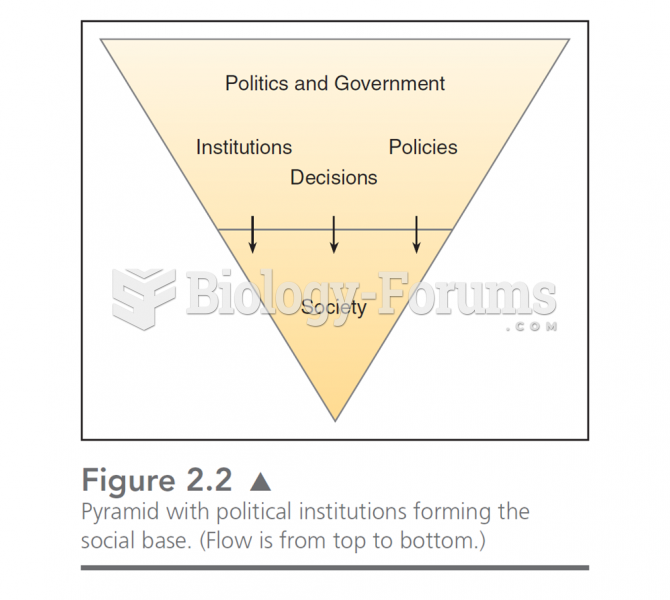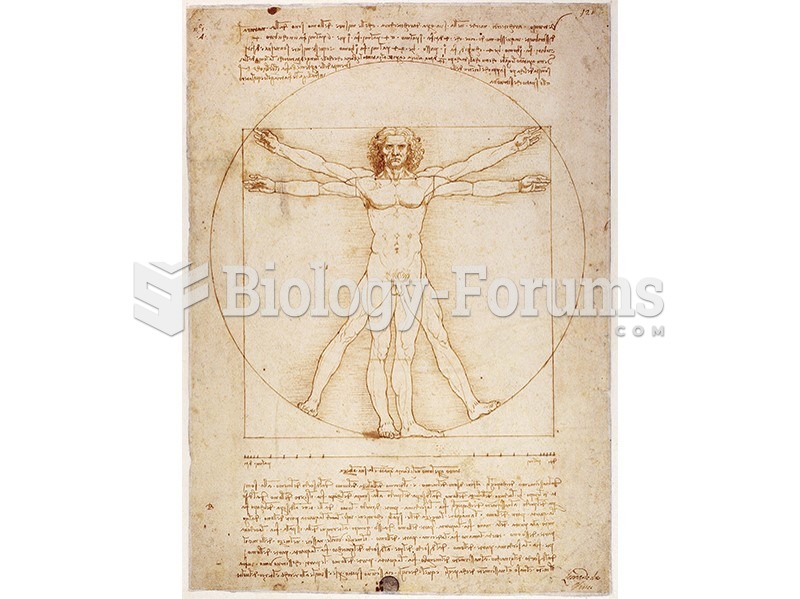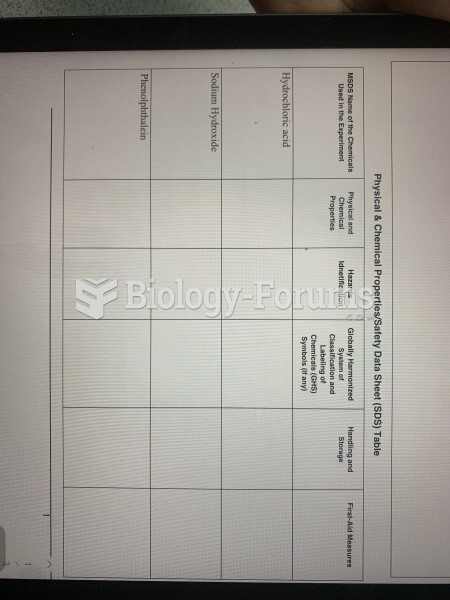Answer to Question 1
ANS: C
Every study has a framework. Unfortunately, in some studies, the ideas that compose the framework remain nebulous and vaguely expressed. A conceptual map graphically shows the interrelationships of the concepts and statement in a theory.
Unfortunately, this is not always true. Every study has a framework. Unfortunately, in some studies, the ideas that compose the framework remain nebulous and vaguely expressed. A conceptual map graphically shows the interrelationships of the concepts and statement in a theory.
Sometimes they are, but sometimes the reader has to figure them out. Every study has a framework. Unfortunately, in some studies, the ideas that compose the framework remain nebulous and vaguely expressed. A conceptual map graphically shows the interrelationships of the concepts and statement in a theory.
The framework and conceptual map should be part of the literature review, in the early portion of the study. Every study has a framework. Unfortunately, in some studies the ideas that compose the framework remain nebulous and vaguely expressed. A conceptual map graphically shows the interrelationships of the concepts and statement in a theory.
Answer to Question 2
ANS: D
In a well-thought-out study, the researcher would explain abstractly in the framework why one variable is expected to cause the other. Concretely the idea would be expressed as a hypothesis to be tested through the study methodology.
Hypotheses must be clearly identified. The correct answer is The framework and hypotheses must be congruent with each other. In a well-thought-out study, the researcher would explain abstractly in the framework why one variable is expected to cause the other. Concretely the idea would be expressed as a hypothesis to be tested through the study methodology.
The framework provides the foundation for the study, hypotheses flow from it. In a well-thought-out study, the researcher would explain abstractly in the framework why one variable is expected to cause the other. Concretely the idea would be expressed as a hypothesis to be tested through the study methodology.
Hypotheses are exactly what are tested in a research study. In a well-thought-out study, the researcher would explain abstractly in the framework why one variable is expected to cause the other. Concretely the idea would be expressed as a hypothesis to be tested through the study methodology.







